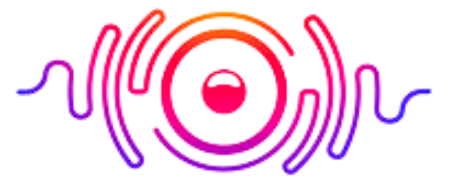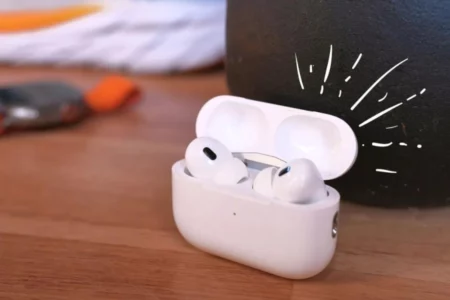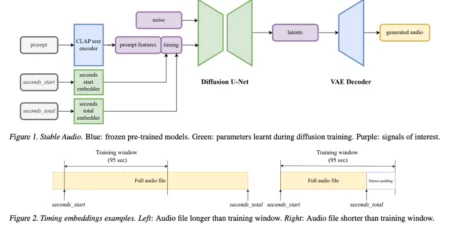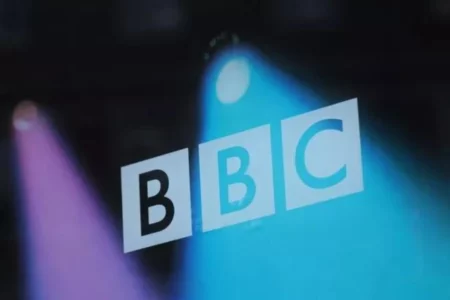If you’re a bass player, you might have wondered what the best Hz setting is for bass. While the answer may not be as simple as you’d hoped, some critical elements to a bass frequency are essential to understand. In this blog post, I’ll break down those elements and share my experience with this topic. Keep reading to learn more.
According to professional sound engineers, Bass sounds best within a subwoofer frequency range of 50-260Hz. This range is ideal for activities like listening to music, watching movies, and playing video games. It also provides better control over audio equipment.
What is the Bass?
When listening to an audio track, the good frequency response for speakers can lie between 20 to 400Hz. These frequencies are short than the higher frequencies making the vocal range match the male vocals. It corresponds to the male vocals, as other types of higher-pitched vocals are native to the female vocals. When considering the bass as an entire section of a track, you can observe the balance and depth in the sound.
The bass does more for a song than just providing depth. It also gives the song life and makes it feel like it’s moving. You can hear the bass in all songs, but the bass drum is key in ensuring the song has the right beat. The bass drum usually provides the foundation that the other instruments rely on to create a great song.

Mixing bass from different instruments is an art that most people don’t know. When they try to mix them, they find combining the bass from various origins challenging and find themselves helpless. The key to successful mixing is detecting which instrument’s bass is in what range.
For example, the bass drum starts from 70Hz and usually lies in the upper range. Identifying the bass type and arranging it according to the requirement is key to success; otherwise, you will find it challenging to put it together.
Another way to add the bass from different sources is by using compression. It is the method that lets you combine basses in a song by reducing dynamic range, adding more energy, and bringing them closer to make a perfect combination.
How To Set Up a Bass Device?
Once you understand the application and physics behind the Hz and the range best for each purpose, you can start setting up your device. Here are the three steps that can let you get started:

- Step 1: Firstly, you should start connecting with the speaker after following the instructions. Ensure that you read the instructions and consult the manual offered by the manufacturer.
- Step 2: You need to test the speakers by taking them to different locations inside the room. Move around to find out the best setup according to your requirements.
- Step 3: Most people prefer choosing multiple devices to improve the sound quality to the optimum level. If you have multiple speaker setups, try combining them and using them to find the best combination.
What is Hz and How it Works?
To start understanding the thing better, first, you need to understand what Hz is, how it works, and what Hz is bass on equalizer. It is the abbreviation or shortest form of the unit “hertz,” which is used for the sound wave. In the International metric system, hertz represents the number of cycles a sound wave achieves per second.
In the case of sound waves, hertz is responsible for representing the wavelength and speed. If the sound waves travel slowly and longer, the Hz frequency is in the lower range. If the speed and wave travel faster and shorter, Hz frequency is toward higher levels. These parameters decide whether the sound reaches your eardrums, either fast or slow.
Hz represents most waves and defines the sound wave’s frequency. Therefore, you will find most values in Hz when talking about the bass in this article. Once you get familiar with the frequencies and their impact, you can utilize the knowledge to create a balanced listening experience for your speakers, subwoofers, and other audio devices.
Commonly, sound ranges remain connected to specific instruments and devices. It can give you an idea of the frequency range of these devices. You can set the best frequency and boost level for bass according to your liking within the workable range.
Here is an example of the best frequency for 12-inch subwoofer:
- General Audio: 200Hz to 2/4 kHz
- Bass: 60 to 250Hz
- Midrange: 500Hz to 2kHz
- Higher Range: 4 to 6kHz
What Hz is Best for Subwoofer?
Compared to the woofer, a subwoofer can provide a better output. The subwoofer’s frequency range usually operates lies between 20 to 200Hz output. But here is the question is lower Hz better for bass? Generally, the lower the frequency, the better and more powerful the bass becomes. Many popular genres like metal, rock, grunge, and hip-hop suit best the low-frequency ranges.
But it is not always the case as some people won’t like to operate in such a vast range. They may wonder how many Hz for good bass they can set for the subwoofer. They can rely on the optimum value that calculates to 60+ Hz. Most speakers don’t tend to provide a better output below 60 Hz. This type of bass is not hearable as sound, but it feels like vibrations. The jump scares in horror movies, and adrenaline-pumped scenes usually have this kind of bass.
What Hz is Best for Bass?
As recommended by professional audiophiles, the best frequency response speakers for bass falls into the range of 60-250 Hz. It keeps the speakers running at optimal safety and protects them from any damage for an enhanced listening experience. Your hearing could be damaged if you listen to bass at a frequency that’s too low and falls outside of this recommended range.
The ranges I already provided work with most speakers and subwoofers on the market, so it’s a great guide to help you get your audio setup started. You can also get help from the subwoofer frequency response chart; if you can’t find what you’re looking for, I recommend checking the back of your speaker to find the specific range for your machine.

Keeping the frequency range within the workable range is crucial. Any incorrect frequency range can heavily impact the audio performance offered by the speaker. For instance, combining high bass frequency with the female pop singer’s voice can change the vocals, making it sound more like a man.
The negative audio changes can originate from the original higher frequency sounds while forced to come out of the lower speakers. This effect happens because the frequencies are not in the correct ranges. It is best to keep frequencies in the correct ranges to avoid this.
Once you get familiarized with the best bass Hz, you may wonder what Hz is best for treble. As you may already know, it is simply that the treble has higher frequencies and a high pitch. The range for the treble can vary between 6kHz to 20kHz. However, a higher range can affect human ears
Precautions on Using Low Bass
All the loud audio devices come with health warnings that can affect your health in multiple ways. Although the warnings mostly come associated with high sounds, there is a serious warning to use sound at low frequencies.
Generally, low sounds affect the health more despite being quieter and slow. They can let you feel the vibrations and dance with the music flow while vibrating through the bodies. But if these frequencies are in the lowest range, they can impact the body and hearing systems.
Though bass frequencies aren’t as harmful to your hearing as high treble, they can still cause some damage if exposed to them at high levels. Standing too close to a subwoofer at a party or concert, for example, could result in nausea, vomiting, dizziness, hearing loss, dizziness, and even disorientation.
Adding bass speakers to your sound system is a great way to improve the quality of your music, but it’s crucial to ensure you’re not overloading your system. You should always test to see if you can handle the extra bass before adding it to your system, and if you can, you should always stay in healthy frequency ranges.
You can take your earbuds or earplugs with you to prevent the ears from damaging at concerts. It helps to reduce the harmful vibrations to reach your ears, especially when using noise-canceling earbuds.
Despite the modern music inclining toward melodies, the bass is still one of the best things for music enthusiasts. People always try to find the best bass sound and strive for speakers that can provide the desired bass beats. However, choosing the one that delivers the sound within the best Hz range becomes crucial when selecting the right speakers.
Now you have an idea is bass high or low frequency and what consequences each carries. One thing that can be difficult when writing music is choosing the perfect bass sound. When mixing the bass with other elements in the project, you might identify more areas where you can improve it. It is one of the places where most people make mistakes.
Equalization is another way to familiarize you with the frequencies responsible for each song component. By learning equalization, you’ll have more flexibility when choosing the right sounds to put together to create a better-quality song or audio track. Just as a recipe is only as good as its ingredients, the same can be said of a song – so choose your sounds wisely.
Ultimate Verdict





